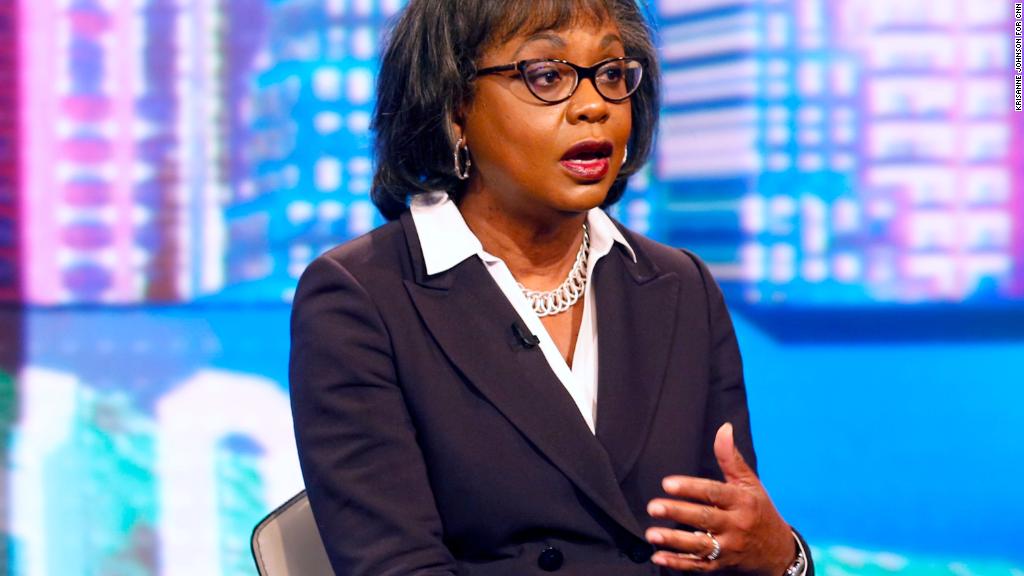
Anyone who reads the news these days knows that sexual harassment is pervasive. Sexual harassment allegations -- against Hollywood heavyweight Harvey Weinstein, "House of Cards" star Kevin Spacey and "Today" show host Matt Lauer -- have made headlines for weeks.
But just how widespread is the problem?
That's difficult to measure, and it's even harder to collect details like where, how or why harassment happens.
Complaints collected by the Equal Employment Opportunity Commission, the federal agency that enforces civil rights laws in the workplace, provide crucial information. But the picture that data paints is incomplete. The number of complaints filed to the EEOC likely vastly underestimates the scope of harassment in American workplaces.
Many victims don't report harassment at all, says Louise Fitzgerald, professor emerita of gender and psychology at the University of Illinois. Many also don't know to label their experience as "sexual harassment." The number of EEOC complaints is barely "the tip of the iceberg," Fitzgerald says.
Related: The words we use to describe sexual harassment
Harassment is hugely underreported -- according to the 2016 EEOC Task Force Report on Sexual Harassment, as many as 70% of people who experience harassment never even file a complaint with their employer. And without more reports with more details, the picture will never be clear
We need more information on the who, how and why, says Jasmine Tucker, research director at the National Women's Law Center. She wants to dig deeper into the problem, to look at the intersectionality of harassment and answer questions like "are women of color harassed differently than white women?" or "are women in professional industries experiencing this behavior differently than women in blue collar work?"
Ideally, she says, researchers could also provide insight into the environments where harassment occurs.
But when someone files a complaint with the EEOC, they're not required to provide many details.
"Charges based on discrimination on race or gender ... that's basic information that's always filled out," says James Ryan, spokesperson at the EEOC. But other information, like the industry in which harassment takes place, isn't always filled out. As a result, he says any data based on that is "incomplete."
Related: Are older generations more tolerant of sexual harassment?
Tucker says she sees two main problems affecting the collection of sexual harassment data. Employees may not report harassment for a number of reasons, thereby limiting the sample size researchers can reference. Plus, the data that does exist isn't consistently sorted by industry or demographics, so it's hard to track change over time or plot noticeable patterns.
Better education and training on sexual harassment would do a lot to empower more people to come forward, Tucker says. More people coming forward is the best way to collect more stories -- and the best way to understand the true magnitude of the harassment problem.
"[Victims] need to know where to go next and where to find resources, how to take care of this," Tucker says. "Things like that that would empower people to feel like they have agency and they don't have to be passive, that they don't have to let these things happen."
